This Game-Changing Driver Drill Will Help You Hit More Fairways
Measuring your strike could be the difference between finding the fairway or wallowing in the weeds. PGA Pro Ged Walters explains everything you need to know...
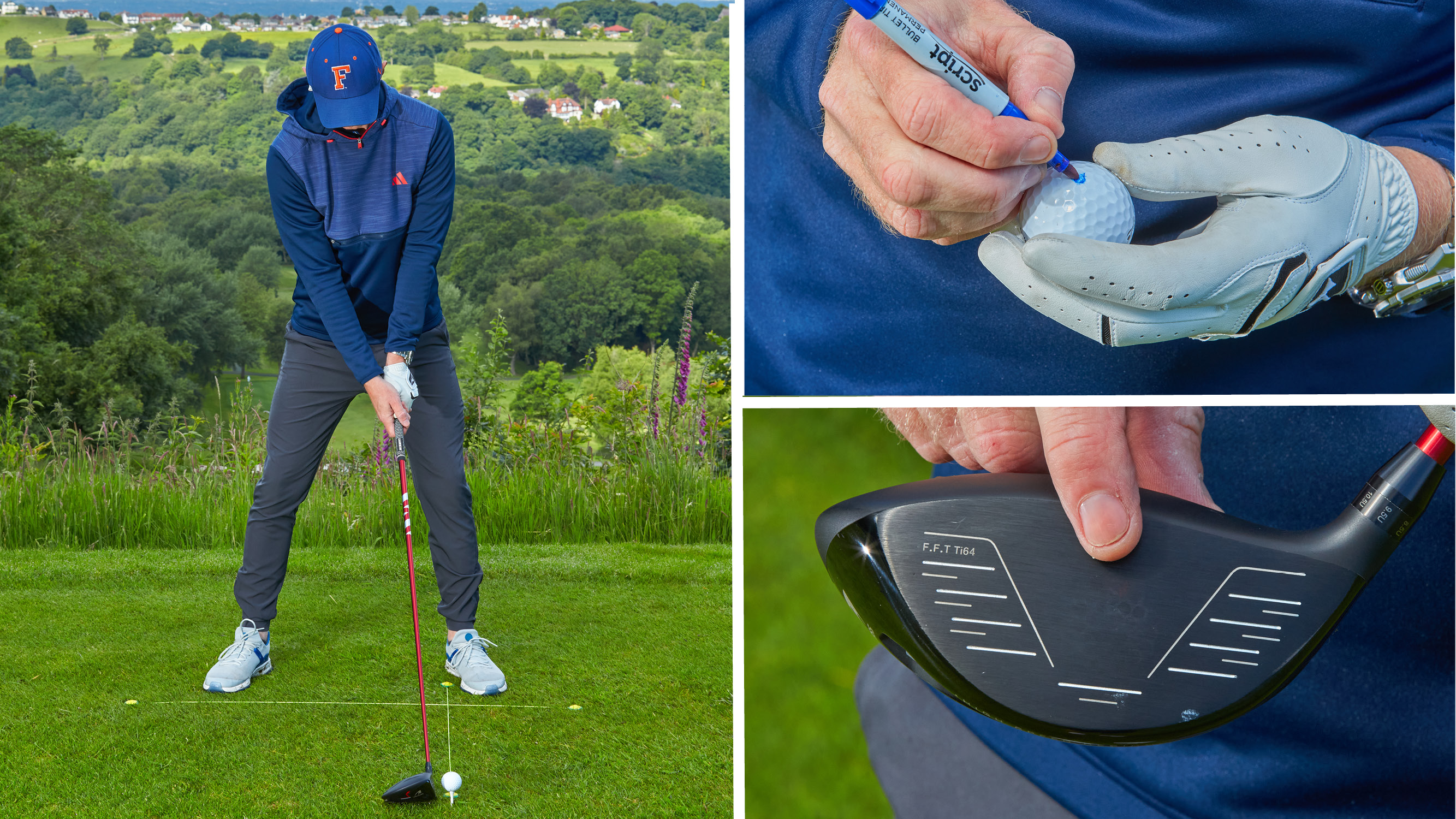

Smashing your tee shot down the middle of the fairway is something all amateur golfers dream of, but unfortunately that feeling can be fairly infrequent for most.
Nailing the fundamentals, like the perfect grip, ball position and launch angle can be tricky to get right consistently, but there is another pro-active step you can take to improve your performance with the driver.
In this video and article, Golf Monthly Top 50 Coach Ged Walters shares his expert tips for measuring your strike and offers a game-changing drill that provides you with instant feedback...
Stop Trying To Hit The Ball Straight
Most amateur golfers will aim to try and hit the golf ball straight, but the problem with that is we are standing to the side of the golf ball and need to swing the club on a tilted arc (depicted by the hoop in the image below).
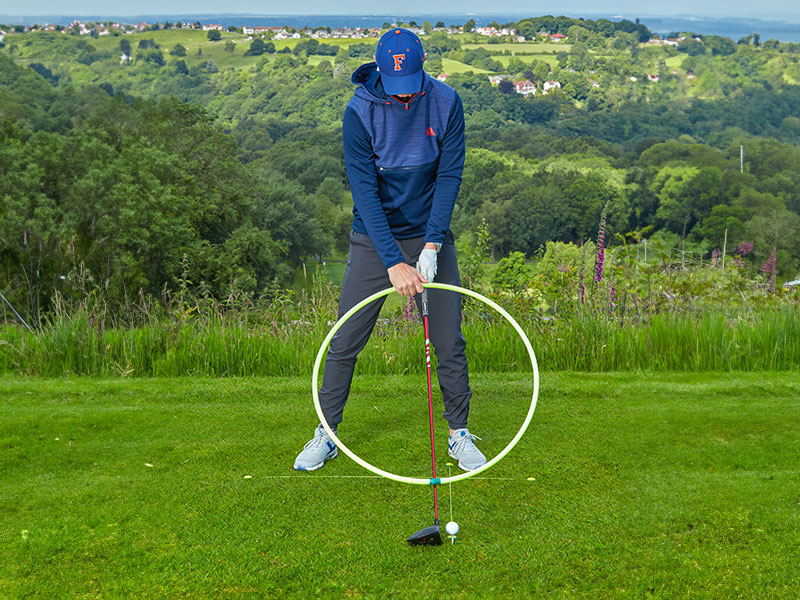
When we try to hit the ball straight, the brain aligns the golf club early, because it draws an A to B straight line, resulting in the circle tilting more to the left. Despite the position of the arc having changed, most golfers still point the club at the target, which leaves the face open and creates a slice (sharp left-to-right ball flight for right handed golfers).
To compensate, many golfers will try to aim more left. The downside to that is we often still point the clubface at the target, which often leads to an even more pronounced slice. To counteract that, we need to think more about swinging the golf club to the right (from the inside).
Measuring Your Strike Drill
To practise this, we need to start measuring our strike. There are a few ways you can do this, using things like hairspray or shoe spray, but I prefer to use a sharpie.
Subscribe to the Golf Monthly newsletter to stay up to date with all the latest tour news, equipment news, reviews, head-to-heads and buyer’s guides from our team of experienced experts.
Start by marking a small circle on the golf ball. Colour the circle in and place the ball on the tee with the mark facing the centre of the clubface. When you hit your shot, the pen will transfer onto the clubface and will give you a more precise indication of where you are striking the ball on the face.
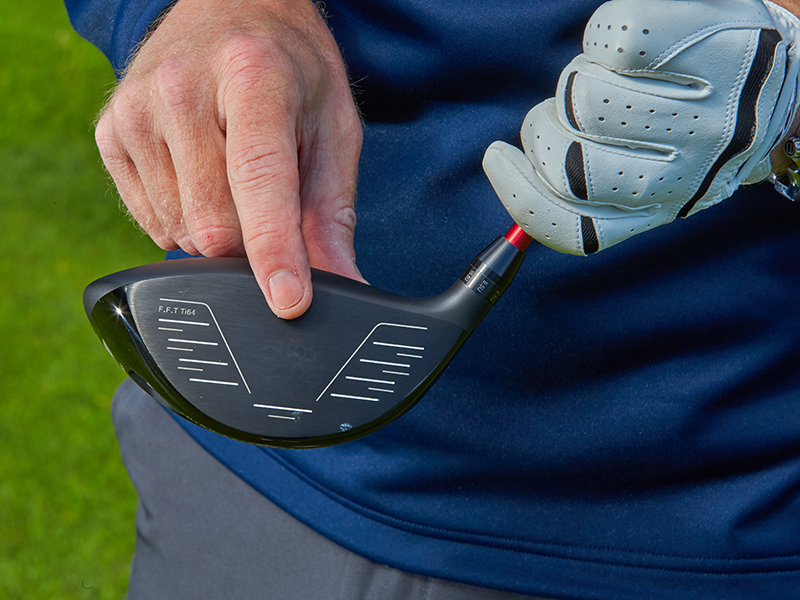
To set-up, start with your feet together and position the ball roughly in the middle of your stance. You can see in the video that I have used these strings on the ground to demonstrate my alignment and ball position.
Move your trail foot back, keeping the golf ball just on the inside of your lead foot. Make a smooth backswing, and focus on delivering the club more from the inside at around a 45 degree angle.
Check where the mark appears on the clubface, as this will tell you a lot about your strike. Mine was just in the middle, meaning the golf ball started on the correct line. If you can start to move the mark closer to the centre, you should notice an improvement in your ability to find fairways off the tee.
How Many Fairways Do Amateur Golfers Hit On Average?
The average number of fairways hit by amateur golfers with a handicap index of between scratch and 15, is around seven per round. This fluctuates between the different ability levels, with a scratch golfer (7.64) hitting almost one fairway more per round than a 15-handicapper (6.73) when playing their best rounds.

Location: True Fit Golf Centre
Using different styles, teaching aids, technology and games to measure improvements, Ged is keen to make the learning process educational and fun. He's worked with a number of top local, national and international instructors, including Adrian Fryer and Jeff Ritter, one of the most prominent golf instructors in America. He's based at True Fit Golf Centre in Warrington, where he can be found coaching golfers of all abilities. He's also working hard on his own game with the aim of playing on the senior Tour (when the time comes).
Students learn best when...
They leave their baggage at the door; this way they will garner a clearer understanding of their issues and how they can
improve.
Advice for practice:
Don't go rogue! You will never improve if you don't practice how your coach has told you to.
Most common problem:
Too many golfers judge if they have done what you ask by the outcome, yet that will not always be what they want to see when making changes. Focus on the process and the outcome will take care of itself.
-
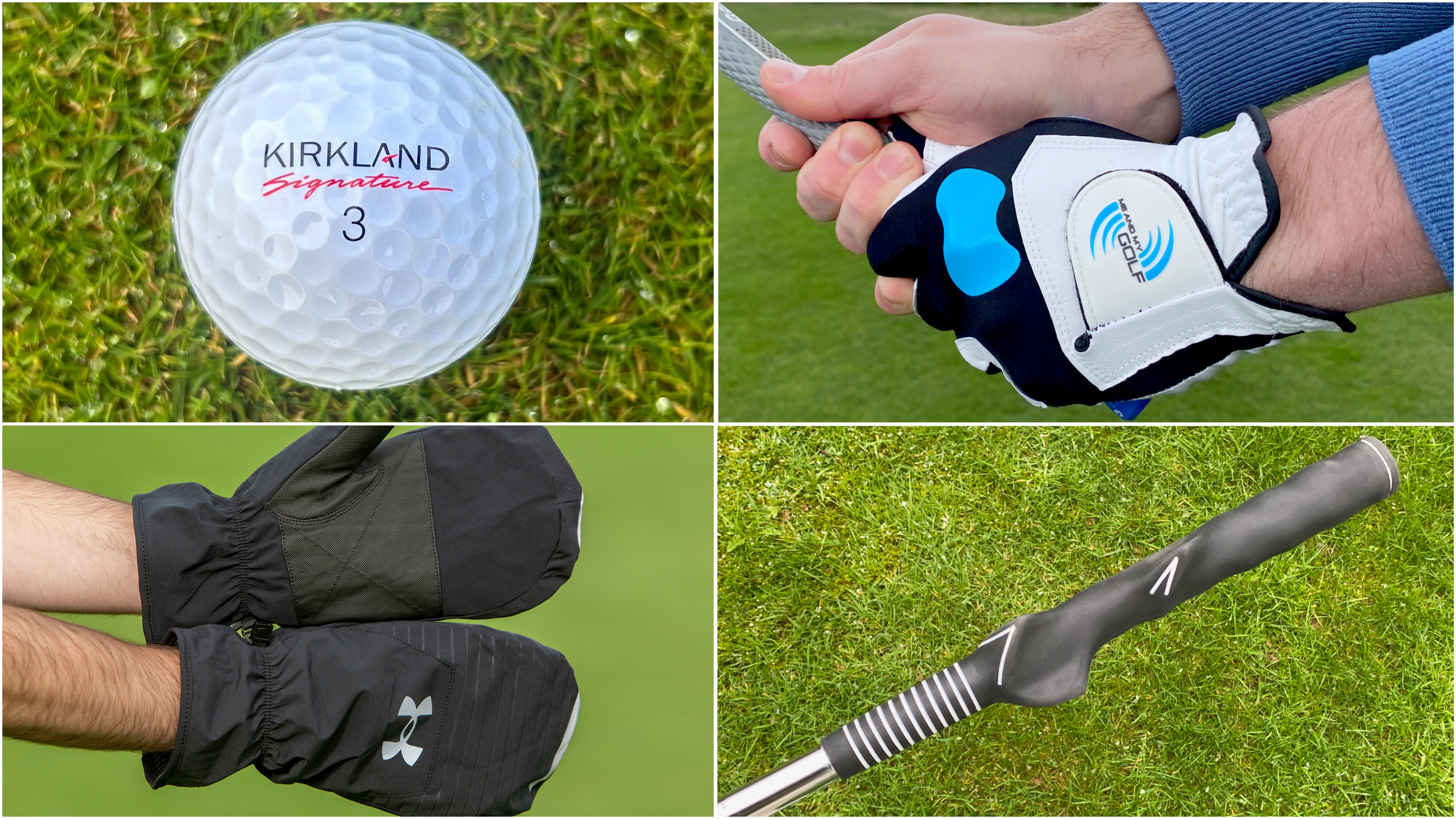 15 Best Amazon Golf Products Under $50 - Our top picks tested and reviewed
15 Best Amazon Golf Products Under $50 - Our top picks tested and reviewedI scoured the big retailer finding the best golf products we at Golf Monthly have tested for under $50
-
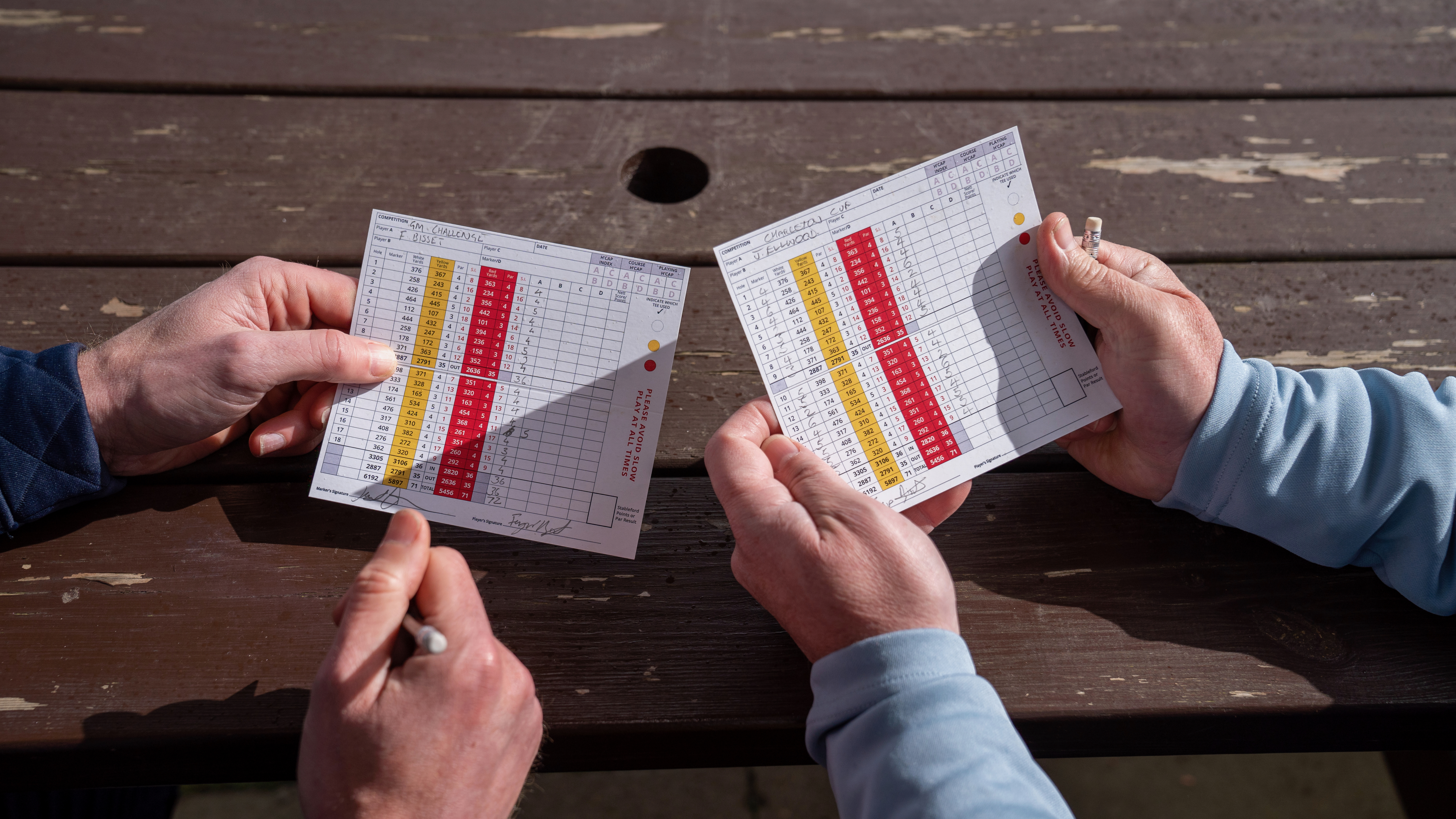 'I'm Beginning To Find The Anti-WHS Rhetoric Quite Grating. Loud Voices Are Sometimes Guilty Of Distorting Reality'
'I'm Beginning To Find The Anti-WHS Rhetoric Quite Grating. Loud Voices Are Sometimes Guilty Of Distorting Reality'Jeremy Ellwood sticks his head above the parapet to question if all the loud anti-WHS sentiment really does represent how most people feel about the system